table of contents:
Are you new to sewing but overwhelmed by the wide selection of sewing machines? Between mechanical and electronic models, misleading features, and varying budgets, the maze of options can daunting even the most motivated.
Learn how to identify essential criteria like ease of use, power, and compatibility with your creative projects. We help you sort fact from fiction and avoid scams while offering tested selections for a stress-free start .
Find out why an electronic machine, ideal for stretch fabrics or jeans, offers better handling thanks to speed adjustment or automatic buttonhole, transforming sewing into a pleasure rather than a headache.
Choosing the right sewing machine for beginners: where to start?
Do you dream of sewing your first dress or mending a hem, but the thought of choosing your first sewing machine makes you sweat? You're not alone. Between mechanical and electronic models, tempting features, and varying budgets, it's easy to get lost.
Yet, this step is crucial , because the right machine can turn your learning into a fun experience, while a bad choice could discourage the most motivated.
Did you know that some machines, despite their simplified appearance, hide pitfalls for beginners? What if the key lies not in the number of stitches available, but in criteria that are often underestimated? We reveal the 4 essential steps to avoid costly mistakes and find a machine that's right for your projects, your space, and your budget.
We'll first explore how to define your real needs as a beginner, then detail the key differences between the different types of machines. You'll also discover the features to look out for to make your learning easier, before concluding with concrete advice for buying with complete peace of mind.
Unleash your creativity! Explore Verotex's collection of premium sewing machines and find the perfect tool to turn your ideas into reality.

Defining your needs: the first crucial step before purchasing
Choosing the right sewing machine for your first projects is essential for the success of your first projects. Before purchasing, clearly define your needs: the type of creations you want to make, the frequency of use, and the space available for your sewing station. Careful consideration will allow you to select a suitable, practical, and durable model, making your first steps easier while avoiding the regrets of an unsuitable choice.
What kind of sewing projects are you planning?
Before buying a machine, consider your plans. A basic machine is sufficient for alterations or accessories, such as wipes or scrunchies. But if you dream of sewing clothes or bags, choose a more robust and versatile machine .
It must handle varying fabric thicknesses without strain. Ignoring this criterion can result in uneven seams or premature discouragement.
How often will you use it?
Occasional use (a few times a year) allows for an entry-level machine. However, a mid-range machine is preferable if you sew several times a month.
It offers better durability and avoids the frustration of frequent breakdowns. According to surveys, 82% of beginners who use their machine more than twice a month regret choosing a model that is too basic.
Think about your workspace and storage
A heavy machine, often equipped with a metal frame, is more stable and precise thanks to its resistance to vibrations. However, if your space is limited, a lightweight machine makes storage easier. This compromise depends on your constraints. In fact, 70% of users with limited space opt for a compact model, even if this slightly reduces stability .
Consider the following details:
- The advantage of a heavy machine : stability, durability, stitch precision.
- The disadvantage of a heavy machine : difficulty of transport, bulkiness.
- The advantage of a lightweight machine : ease of storage and maneuverability.
- The disadvantage of a lightweight machine : the risk of movement during use.
Mechanical or electronic machine: the end of the debate for beginners
Wondering which sewing machine to get started often comes down to choosing between a mechanical and an electronic sewing machine. While a mechanical sewing machine may appeal due to its simplicity, it can quickly reveal its limitations. For beginners, an electronic sewing machine is the ideal ally, offering comfort, automatic adjustments, and features designed to help you learn smoothly, while ensuring precise and professional results from your very first projects.
The mechanical machine: often deceptive simplicity
Mechanical machines are the older generation. They are appealing for their apparent simplicity and rely on dials to adjust thread tension, stitch length, or stitch width.
Yet this simplicity hides a trap , because manual adjustments require technical knowledge that beginners have not yet acquired. Even before learning how to use a sewing machine , an incorrect adjustment can result in uneven stitches or tangled threads, making sewing frustrating from the very first projects.
A beginner can quickly become frustrated when faced with uneven seams or tangled threads. Without clear guidelines, adjusting the settings becomes a headache. Furthermore, replacement parts for these older models are scarce, limiting their useful life . Finding a specialized repairer can sometimes be a challenge, especially in rural areas.
The electronic machine: your best ally for a smooth start
Electronic machines incorporate automation designed for beginners . An LCD screen and buttons simplify the selection of stitches and settings. Why choose this type of machine?
Here are the reasons:
- Speed control : Control the pace to avoid mistakes. This feature is ideal for thick fabrics or tight turns.
- The automatic needle threader : saves time and reduces frustration. One push is all it takes to guide the thread through the eye.
- Pre-saved stitches : Optimized options for each project. Choose "buttonhole" or "stretch stitch" without manually adjusting settings.
- Adjustable needle position : for precise stitching, even with thick fabrics. The needle locks into the raised position for easy presser foot lifting.
Contrary to popular belief, these machines are neither more fragile nor more expensive to repair. They offer a balance between robustness and ease of maintenance . In addition, their motor is suitable for thick fabrics, making it an asset for a variety of projects.
Choose your machine according to your needs:
-
The mechanical machine :
- Who is it for? Small budgets or purists who like total control (not recommended for beginners).
- Major Cons: Steep learning curve, error-prone settings, less comfortable. Perfect for mechanics enthusiasts, but not suitable for beginners.
-
The electronic machine :
- Who is it for? Most beginners looking for quick results without frustration.
- The main advantages: Ease of use, valuable assistance (speed, threading), less discouragement, more pleasure. Ideal for a variety of projects, from patchwork to clothing.

Features that really change your life when you're starting out
Choosing a sewing machine for beginners means knowing which features really make learning easier. Choose a model that offers essential stitches, convenience features like lighting and easy threading, and a sturdy construction to ensure stability and precision. These simple yet effective criteria will transform your first attempts into enjoyable experiences, allowing you to progress quickly while enjoying every sewing project.
The truly essential sewing stitches (and that's it)
Worried about running out of stitches? Be aware that a beginner rarely uses more than 10 stitches. Focus on the essentials :
- Straight Stitch : The foundation for joining fabrics. An adjustable length allows it to fit all fabrics without tearing. This stitch is essential for sewing cotton, linen, or denim.
- Zigzag stitch : Essential for overcasting edges and preventing fraying, especially with fine fabrics. This stitch is also useful for sewing elastic or elastic hems.
- Stretch stitch : Without it, your jersey or fleece seams will crack. A must-have for modern clothing. Paired with a special jersey needle, it guarantees elastic and durable seams, ideal for T-shirts or leggings.
- The 1-step automatic buttonhole : Forget complicated adjustments. A single movement is all it takes for a clean and precise buttonhole. This feature, reserved for electronic models, prevents common mistakes among beginners.
If you're wondering which sewing machine to choose for beginners , remember that a machine with 10 well-chosen stitches is better than a hundred useless ones. 80% of regular sewers use fewer than 10 stitches in their daily projects, because the other stitches are of little use and complicate learning.
Comfort options that will make you love sewing
Frustration kills desire. These features turn the machine into an ally :
- The automatic needle threader : No more needle hassle! One click, and the thread is threaded, even with tired eyesight or in a poorly lit space. A must-have to avoid premature abandonment.
- Variable speed control : Learning to sew is like learning to ride a bike. Reduce the speed for perfect curves without the stress. On electronic models, this setting is easily adjusted via a touchscreen.
- Up/Down Needle Position : Lift the needle to pivot the fabric without slipping. Ideal for sewing pockets, right angles, or patchwork. Saves time for neat seams.
- Free arm : Detach the side plate to slide in narrow tubes. Perfect for sewing sleeves, pants, or curtain hems. An underrated feature, used in 40% of clothing projects.
Robustness and weight: the guarantors of stability
A lightweight machine is practical... until the first bump. Here's why durability matters :
- Metal frames : Heavy weight ensures quiet and precise operation. Lightweight materials vibrate, making lines uneven. Models like the Lewenstein Fashion 100 or the Juki HZL-80H exemplify this durability.
- Stability: A stable machine doesn't move on the table. You'll sew straight, without having to hold the machine in one hand and the foot control in the other. Excessive vibration can ruin the quality of 60% of a beginner's first seams .
- Durability: A sturdy machine supports your progress. No need to replace it after a few projects. A metal frame ensures a lifespan 2 to 3 times longer than a plastic machine.
Mid-range models (€500-€950) often offer the right balance between durability and budget . No need to spend more than €1,000 for your first machine. And to avoid disappointment, check for a clear manual and local technical support. This is an often overlooked detail, but it's crucial when you're starting out.
What budget for a first sewing machine that lasts?
Determining which sewing machine to start with also depends on your budget. The entry-level model may be attractive due to its price (€90 - €450) but remains risky, while the mid-range model represents a wise investment, combining durability and features suitable for beginners. The high-end model, while powerful, is not essential for beginners. Choosing the right budget guarantees a successful and long-lasting sewing experience.
The entry-level model (€90 - €450): a risky bet
Entry-level machines, often made of plastic, lack stability and power . Their weak motor (usually less than 50W) struggles to sew thick fabrics like denim or faux leather, producing uneven stitches. Their lightweight construction makes them vibrate, which disrupts the accuracy of the stitching.
For a beginner, these models pose a double challenge: a complicated learning curve and limited progression . Without an automatic needle threader or speed adjustment, every manipulation becomes a challenge. The lack of a clear manual or customer support can be discouraging when faced with initial setbacks, such as failed threading or a misadjusted thread.
Mid-range: the smart investment
Mid-range machines combine robustness and ease of use . Their metal chassis dampens vibrations and ensures ideal stability for precise stitching.
They include features designed for beginners: a horizontal-loading bobbin (easy to insert), an automatic reverse stitch (for reinforcing seams) and free arms (useful for sewing sleeves or pant legs).
Models like the JUKI HZL-60H (around €500) or the JUKI HZL-80H (€656) are strategic choices . Their 80 to 90 W motor handles common thicknesses (2-3 mm), and their double feed prevents fabric slippage. The JUKI HZL-80H's LCD screen simplifies stitch selection.
|
Benefits |
Disadvantages |
|
Durability, stability, essential stitches (straight, zigzag, buttonhole). Ideal for learning without frustration. |
Higher initial price, but amortized over 10 to 20 years of use. Less lightweight (7-9 kg), require a fixed space. |
The high end: not for now
High-end models, such as the JUKI HZL-UX8 or JUKI TL-2200QVP Mini , are designed for intensive use. They offer advanced options (free-stitching, built-in overlock) and hundreds of pre-programmed stitches that are useless for a beginner .
Their complex interface and weight (up to 10 kg) discourage learning. In addition, maintenance is demanding: frequent cleaning of the feed dogs, monthly oiling, and expensive replacement parts.
For a beginner, a mid-range model is enough to master the basics before considering a premium purchase. It's the balance between simplicity and longevity that should be prioritized from the start.

Our selection of sewing machines to get you started
For beginners, choosing the right machine is crucial. Here's a selection of models renowned for their reliability , ease of use, and robustness. Each model meets key criteria for beginners: quality, ergonomics, and accessible support.
|
Comparison table: 4 ideal machines for beginners |
|||
|
Model |
Kind |
Ideal for... |
Strengths for a beginner |
|
Lewenstein Lilly |
Electronic |
Start with the desire to progress and sew clothes |
Very robust, powerful (jeans, jersey), quality stretch stitches, long-lasting investment |
|
JUKI HZL-353 ZR |
Mechanical |
Beginners preferring mechanics, but demanding quality |
Sturdy, good stitch quality, includes essential stitches, simple and reliable |
The Lewenstein Lilly sews with its variable speed control and 32 essential stitches. Suitable for a variety of fabrics, it remains effective despite slight instability in different thicknesses. Ideal for simple creative projects , its affordable price is a plus.
The JUKI HZL-353 ZR offers robustness and power for stretch and thick fabrics . With 50 sewing stitches and an automatic buttonhole, it is suitable for beginners wishing to progress in the production of technical garments.
Where to Buy Your First Sewing Machine: The Options Under the Sun
Choosing the right place to buy a sewing machine is crucial for a beginner. Two options prevail: a specialist store and online shopping . Each has its own advantages and disadvantages to consider according to your needs.
In a specialist store: the choice of accompaniment
Specialty stores offer turnkey support . An expert salesperson can guide you through your selection, test models, and provide personalized support. This is ideal for understanding the importance of a clear manual or responsive after-sales service.
- The advantages : tailor-made advice, live tests, local after-sales service .
- Cons: Higher prices, limited selection.
Online: the choice of price and autonomy
Shopping online offers attractive prices and a wide catalog. On the other hand, the lack of personalized advice requires a good deal of autonomy . A beginner must decipher the differences between mechanics and electronics on their own, or neglect criteria such as robustness.
- The advantages: reduced prices, a variety of models.
- The disadvantages: No technical support, complex after-sales service .
And the second-hand market?
Buying used cars can save you money, but be careful. A machine that's been professionally serviced and has a warranty is a good option. However, buying from a private individual without a prior test runs the risk of breakdowns . Why risk costly repairs with a new, guaranteed model?
- Tip: Choose professional sellers with a guarantee .
- Caution : Always test the machine before purchase.
Your first steps: tips for getting off to a good start (and not giving up)
Starting to sew can seem intimidating, but with a solid foundation, you'll make progress quickly. These simple tips will help you avoid frustration and build confidence right from the start .
Essential steps before injecting
Reading the instruction manual isn't a chore; it's your best ally in avoiding discouraging mistakes . Without this step, you risk misadjusting the thread tension or breaking the needle, which slows down your learning.
To begin machine sewing , it is also advisable to practice on scraps of fabric before embarking on a real project. This will familiarize you with the foot pedal, speed, and basic movements. You will gain confidence without wasting new fabric .
Learning basic maintenance, such as changing a needle or removing dust from under the platen, is crucial. A poorly maintained machine can jam, wasting your time and motivation .
5 ideas for super-easy first projects to build confidence
- Washable makeup remover wipes : ideal for mastering straight seams and angles.
- A simple cushion cover : learn how to join two fabrics and sew in a continuous line.
- A basic tote bag : perfect for understanding hems and seam reinforcements.
- Hair scrunchies : useful for practicing elastic insertion and curved seams.
- A drawstring pouch : teaches how to sew a circle and incorporate a drawstring.
These short, concrete projects offer quickly visible results , which motivates you to continue. Each success reinforces your mastery of the basics, without getting lost in overly complex techniques.
Ready to Get Started: What to Remember
Choosing a simple, sturdy, and comfortable sewing machine is essential for getting started . Choose an electronic machine with guided functions such as automatic speed adjustment or a presser foot not lowered alert. A metal structure guarantees stability and precision, even during the first few steps.
Don't be limited by price, as a durable machine will save you from costly repairs. Check the availability of after-sales service and the clarity of the user manual. A suitable machine will support your projects , whether they involve hems or thick fabrics.
The hardest part is taking the first step. With a reliable machine, every stitch is a discovery. Let these criteria guide you and explore endless creations. Take it to the next level ! Verotex sewing machines offer performance and precision. Order yours today.
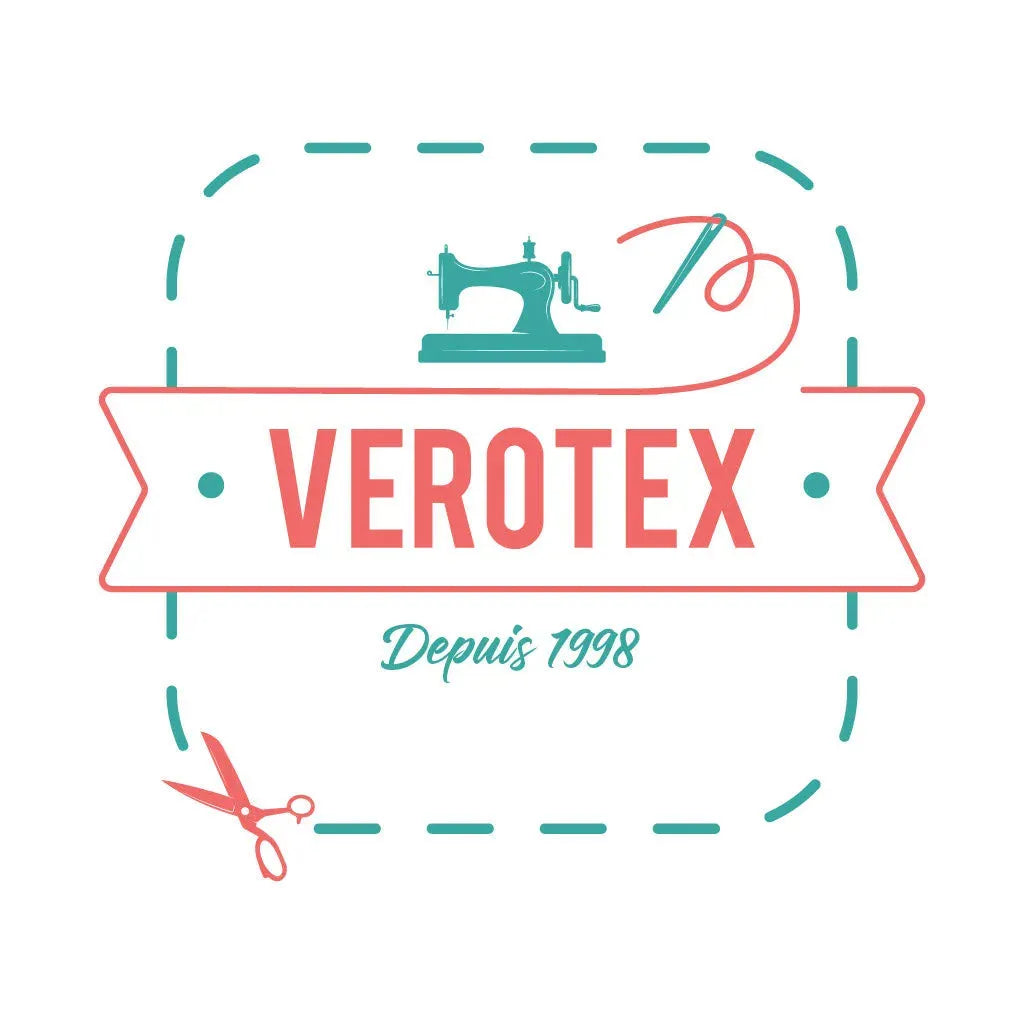
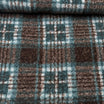
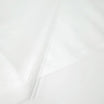
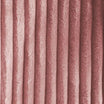
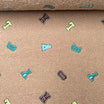
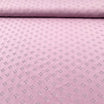
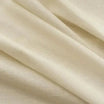
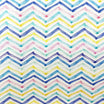
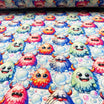

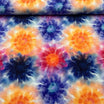
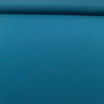
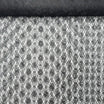
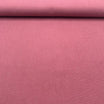
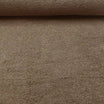

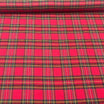
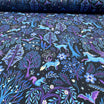
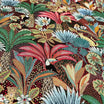
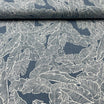
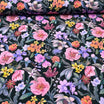
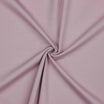
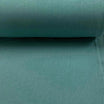
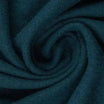
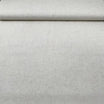
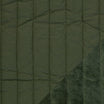
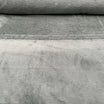
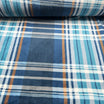
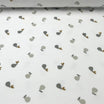
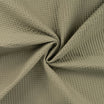

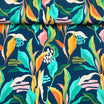
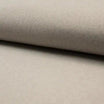
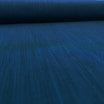

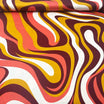

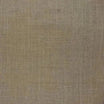
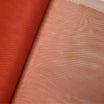
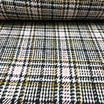
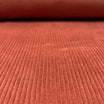
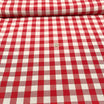
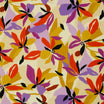
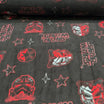
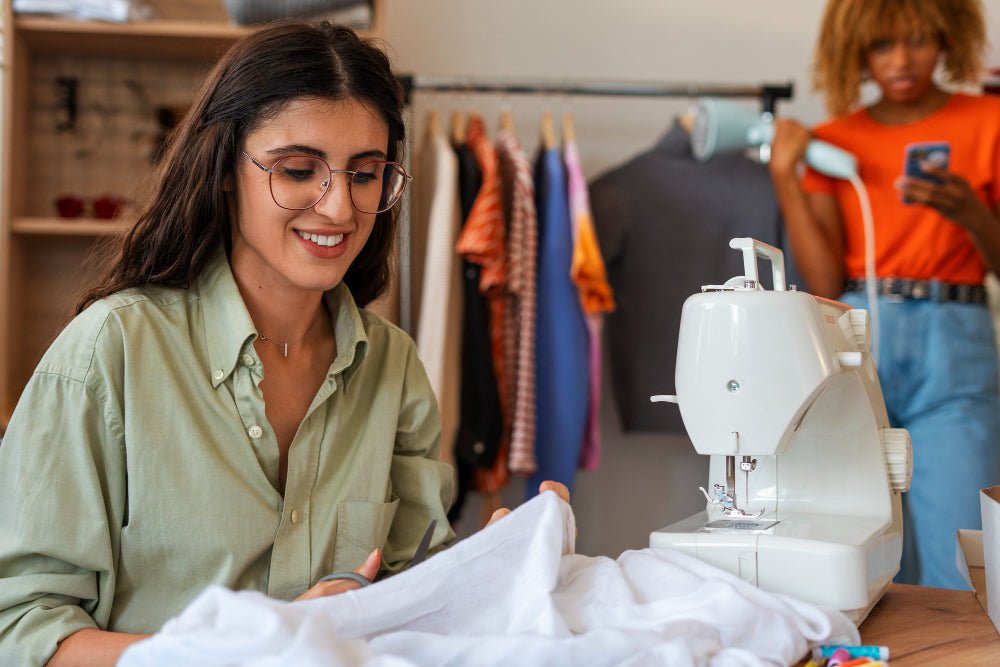
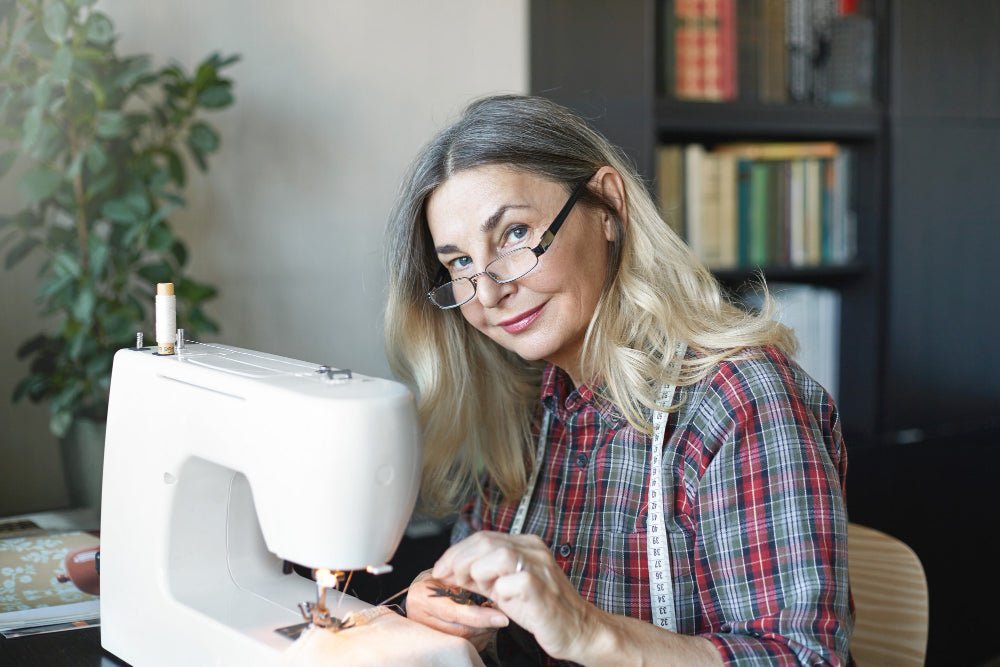
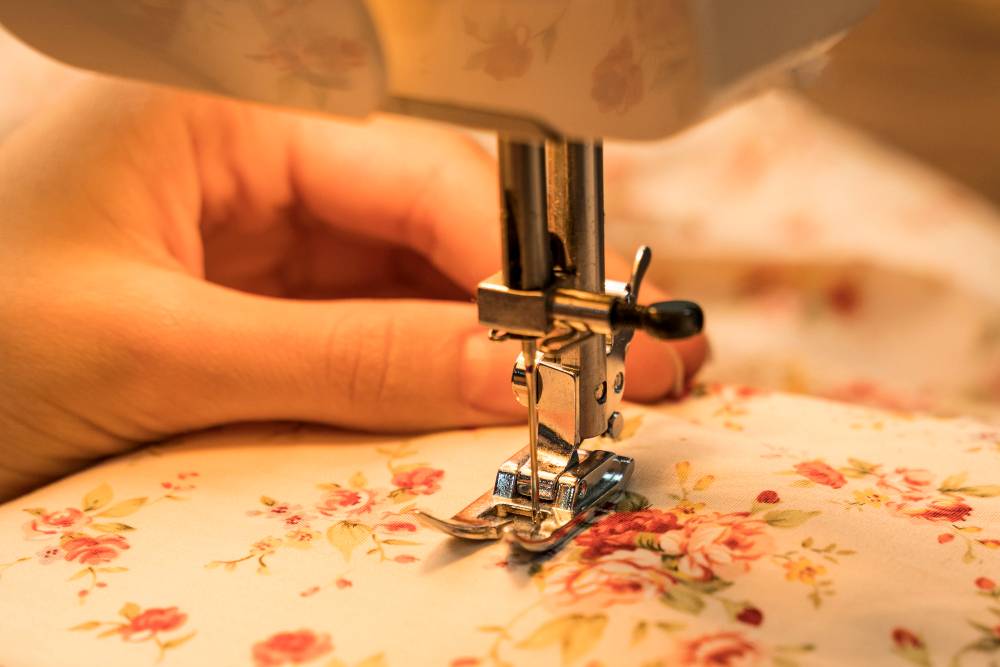
Leave a comment
All comments are moderated before being published.
This site is protected by hCaptcha and the hCaptcha Privacy Policy and Terms of Service apply.